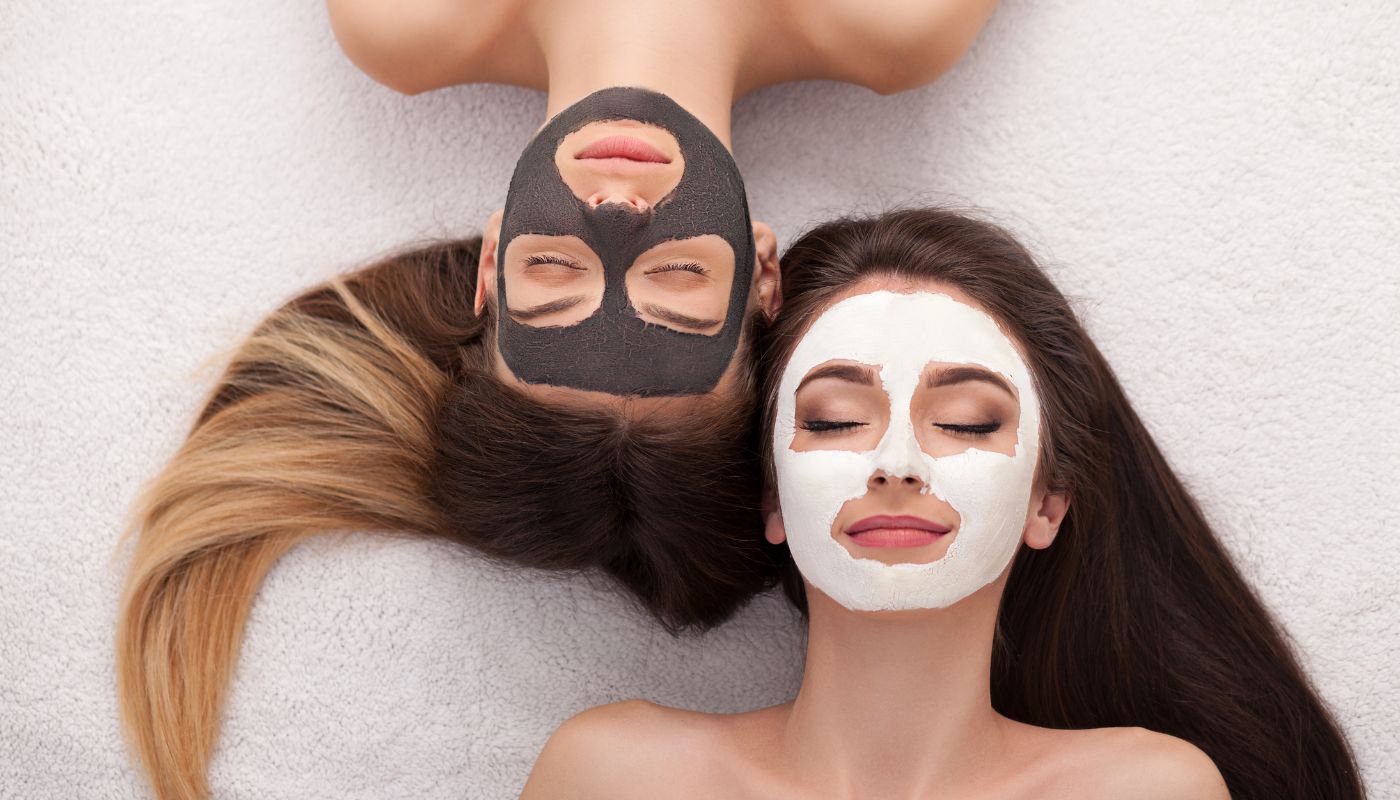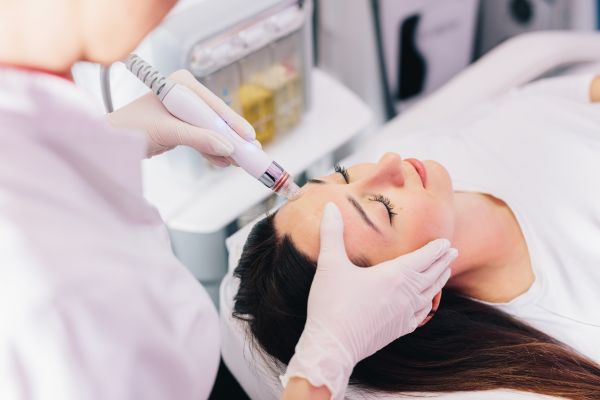Facial rejuvenation treatments are becoming increasingly popular in the cosmetic industry. As people age, the natural signs of aging such as wrinkles, fine lines, and sagging skin become more prominent, leading many to seek out ways to restore a more youthful appearance. There are several different types of facial rejuvenation treatments available, each with its own benefits and drawbacks. In this blog post, we will explore the various options and help you understand which one might be best suited for you.
- Botox is one of the most popular non-surgical facial rejuvenation treatments available. It is a neurotoxin that is injected into the muscles of the face to temporarily paralyze them, smoothing out wrinkles and fine lines. Botox injections typically last between three and six months, and the treatment can be repeated as necessary to maintain results.
- Dermal fillers are another non-surgical option for facial rejuvenation. They are made from hyaluronic acid, a substance naturally found in the body, and are injected into the skin to fill in wrinkles and fine lines. Dermal fillers can also be used to add volume to the cheeks, lips, and other areas of the face. Results typically last between six and twelve months.
- Chemical peels involve the application of a chemical solution to the face, which causes the top layer of skin to peel away, revealing a smoother, more youthful layer underneath. There are different strengths of chemical peels available, ranging from superficial to deep. Superficial peels have little downtime and are suitable for mild skin concerns, while deep peels require more downtime but can provide more dramatic results for more severe concerns.
- Microdermabrasion is a non-surgical treatment that uses a special device to exfoliate the outer layer of skin, revealing a smoother, brighter complexion underneath. It can help improve the appearance of fine lines, wrinkles, acne scars, and sun damage. It is a quick and painless treatment, but multiple sessions are typically required for optimal results.
- Laser resurfacing uses a laser to remove the outer layer of skin, revealing smoother, more youthful skin underneath. It can be used to treat a variety of skin concerns, including wrinkles, fine lines, acne scars, and sun damage. There are two types of laser resurfacing: ablative and non-ablative. Ablative laser resurfacing is more invasive and requires more downtime, while non-ablative laser resurfacing is less invasive but may require multiple treatments.
- Thread lifts involve the use of small threads to lift and tighten sagging skin. The threads are inserted under the skin, where they help stimulate the production of collagen and elastin, two substances that are essential for maintaining youthful-looking skin. Thread lifts provide a subtle lift and can be used to treat mild to moderate sagging skin.
- PRP therapy involves the use of the patient's own blood, which is processed to extract platelets rich in growth factors. The platelets are then injected into the skin to promote the production of collagen and elastin, improving the overall appearance of the skin. PRP therapy can be used to treat a variety of skin concerns, including fine lines, wrinkles, and acne scars.
When considering facial rejuvenation treatments, it's important to consult with a licensed and experienced practitioner. They can help you determine which treatment is right for you based on your skin concerns and goals. It's also important to have realistic expectations about the results and to follow the aftercare instructions provided by your practitioner.
In conclusion, facial rejuvenation treatments can help improve skin texture, reduce the signs of aging, and boost self-confidence. Chemical peels, microdermabrasion, laser resurfacing, dermal fillers, Botox, PRP therapy, and Ultherapy are all effective options. Consult with a licensed practitioner to determine which treatment is right for you.




